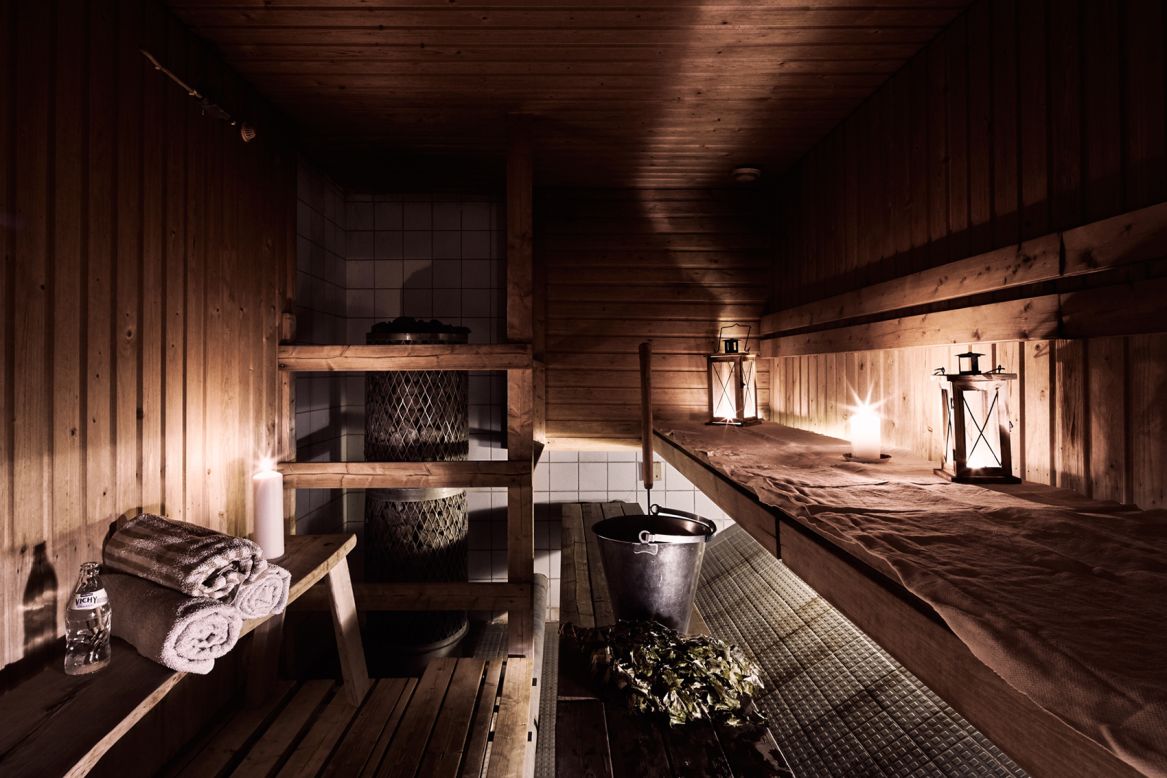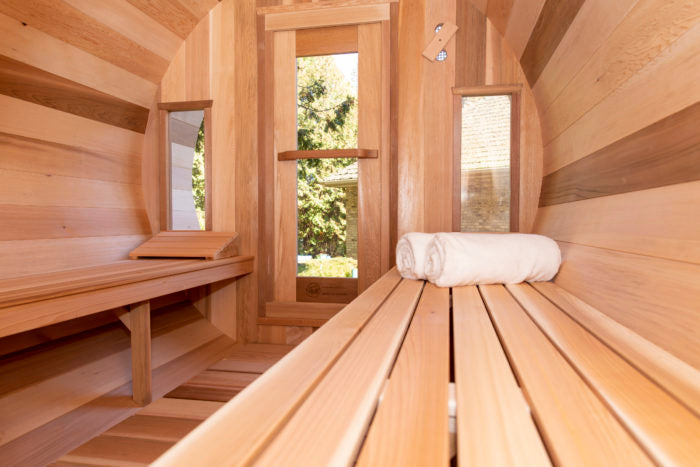7 Simple Techniques For Traditional Sauna
7 Simple Techniques For Traditional Sauna
Blog Article
Indicators on Traditional Sauna You Need To Know
Table of ContentsHow Traditional Sauna can Save You Time, Stress, and Money.Traditional Sauna - Truths9 Easy Facts About Traditional Sauna DescribedSome Known Facts About Traditional Sauna.All About Traditional Sauna
Power savings is one point to consider for individuals that intend on using their sauna frequently. For a standard sauna, bathers generally require to wait on 30-40 mins for the area to preheat before getting in. Infrared saunas, on the other hand, typically reach their perfect temperature level in around 15 mins.That means that in an infrared sauna, bathers can begin appreciating their sauna instantly. One distinction in between the two kinds of sauna that is usually forgotten is the social experience.
Take into consideration exactly how numerous individuals will be using the sauna prior to making your decision - Traditional Sauna. Including a sauna to your home can be one of the most amazing and satisfying decisions you'll ever before make. Routine sauna use will certainly enhance your flow, maintain much healthier skin, assistance kidney feature, reduce blood stress, boost brain feature, and far more
The Best Guide To Traditional Sauna

Infrared and traditional dry saunas are both preferred alternatives for those looking for leisure and healing advantages. However, there are some essential differences between the 2 sorts of saunas that should be taken into consideration before making a choice. Standard completely dry saunas utilize warmed rocks to create heavy steam, while infrared saunas utilize infrared heaters to directly heat the body.
Factors such as heat resistance, wanted degree of detoxing, and general health and wellness must be taken right into account when determining which kind of sauna to make use of. Infrared saunas are a sort of sauna that use infrared light to heat the body directly, as opposed to warming the air around the body like typical saunas.
The temperature level in an infrared sauna is typically less than in a typical sauna, with temperature levels ranging from 120F to 150F. Traditional Sauna. Infrared saunas offer a variety of advantages that make them an appealing choice for those wanting to improve their wellness and well-being. A few of the benefits of infrared saunas include: Infrared saunas make use of reduced temperatures than conventional saunas, which can make them more comfy for those that discover heats challenging to tolerate
Everything about Traditional Sauna
Infrared saunas have actually been revealed to aid the body eliminate toxic substances via sweating. Sweating can additionally help to enhance skin health and wellness by getting rid of impurities and dead skin cells.
The warmth generated by infrared saunas can aid to increase blood circulation and boost blood circulation. Infrared saunas have actually been revealed to aid lower stress and advertise leisure.

Excitement About Traditional Sauna

There are a number of advantages to using a conventional completely dry sauna. Below are a few: Leisure: The high temperature and low moisture in traditional completely dry saunas can aid unwind the muscular tissues and decrease anxiety degrees. Cleansing: Sweating in a sauna can assist eliminate toxic substances from the body, which can improve total health.
When it concerns saunas, there are 2 main types of home heating methods: traditional and infrared. Standard saunas use warmed air to warm up the body, while infrared saunas make use of infrared radiation to pass through the skin and heat the body from within. Among the main differences in between both methods is the kind of warmth they produce.
Traditional saunas heat up the air, which then heats the body through convection. Infrared saunas, on the other hand, warmth the body straight via radiation.
In terms of power performance, infrared saunas are generally more reliable than typical saunas due to the fact that they require much less power to run. They likewise warm up extra quickly, so they can be utilized for much shorter sessions. When it concerns the effects on the body, both types of saunas have actually been revealed to have benefits.
Some Known Details About Traditional Sauna
Infrared saunas have actually been shown to have comparable benefits, along with potentially assisting with cleansing, skin health, and immune function. Overall, the option in between a standard or infrared sauna comes down to personal choice the original source and individual demands. Traditional saunas might be much better for those who like greater temperatures and an extra intense sweat action, while infrared saunas might be better for those that desire a more gentle and reliable heat therapy.
Both kinds of saunas offer special benefits and disadvantages that should be thought about prior to deciding. The selection between an infrared sauna and a standard completely dry sauna mostly relies on personal preference and the desired benefits - Traditional Sauna. Those that prefer a more comfortable, reduced temperature atmosphere might choose an infrared sauna, while those that see this here are searching for intense warmth and a traditional sauna experience may like a traditional completely dry sauna
Right here are some safety and security tips to bear in mind when making use of infrared and standard completely dry saunas:: Saunas can trigger too much sweating, resulting in dehydration. It is necessary to drink lots of water in the past, throughout, and after sauna sessions to remain hydrated.: It is recommended to limit sauna sessions to 20-30 minutes to avoid overheating and dehydration.
Report this page